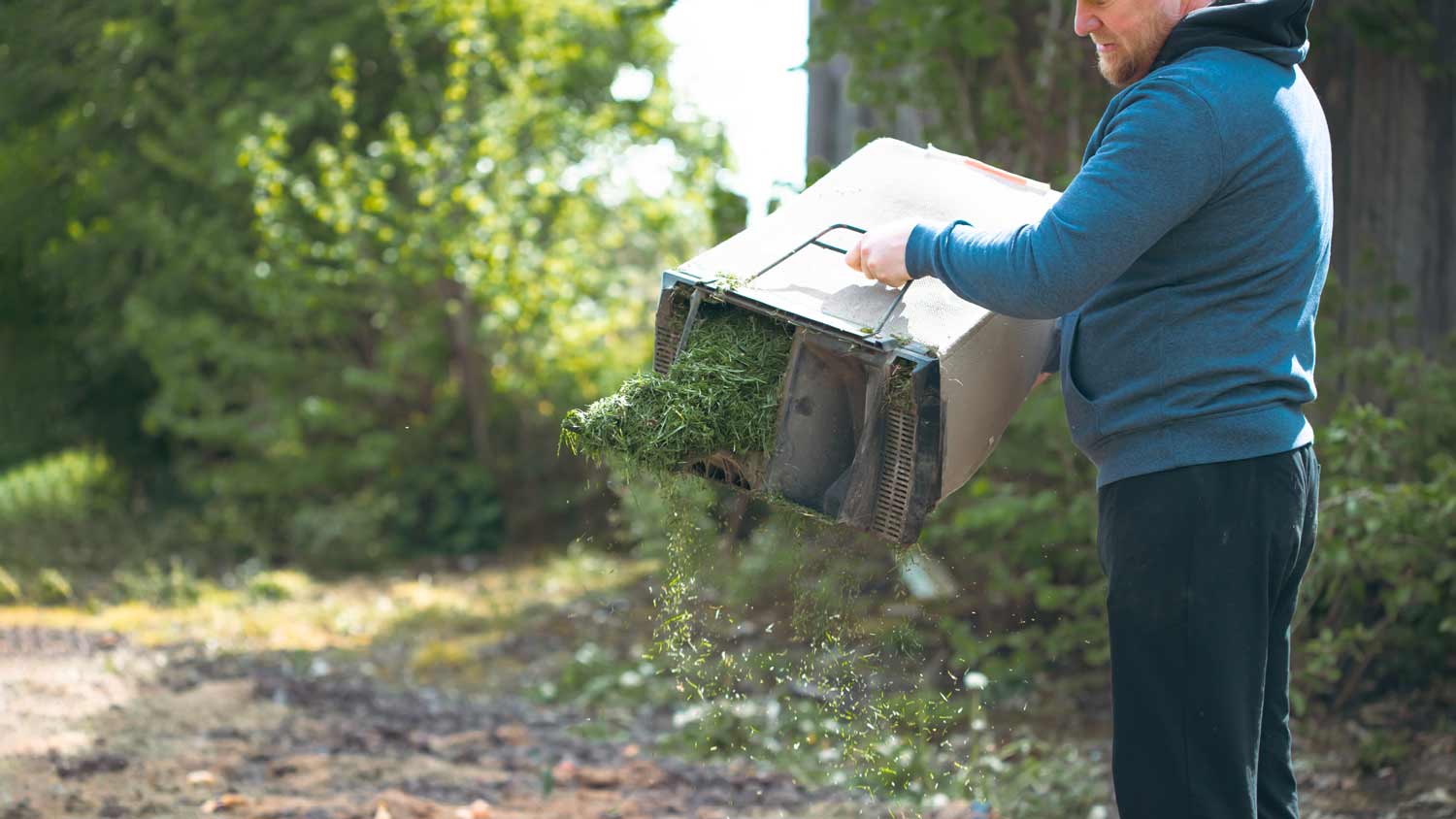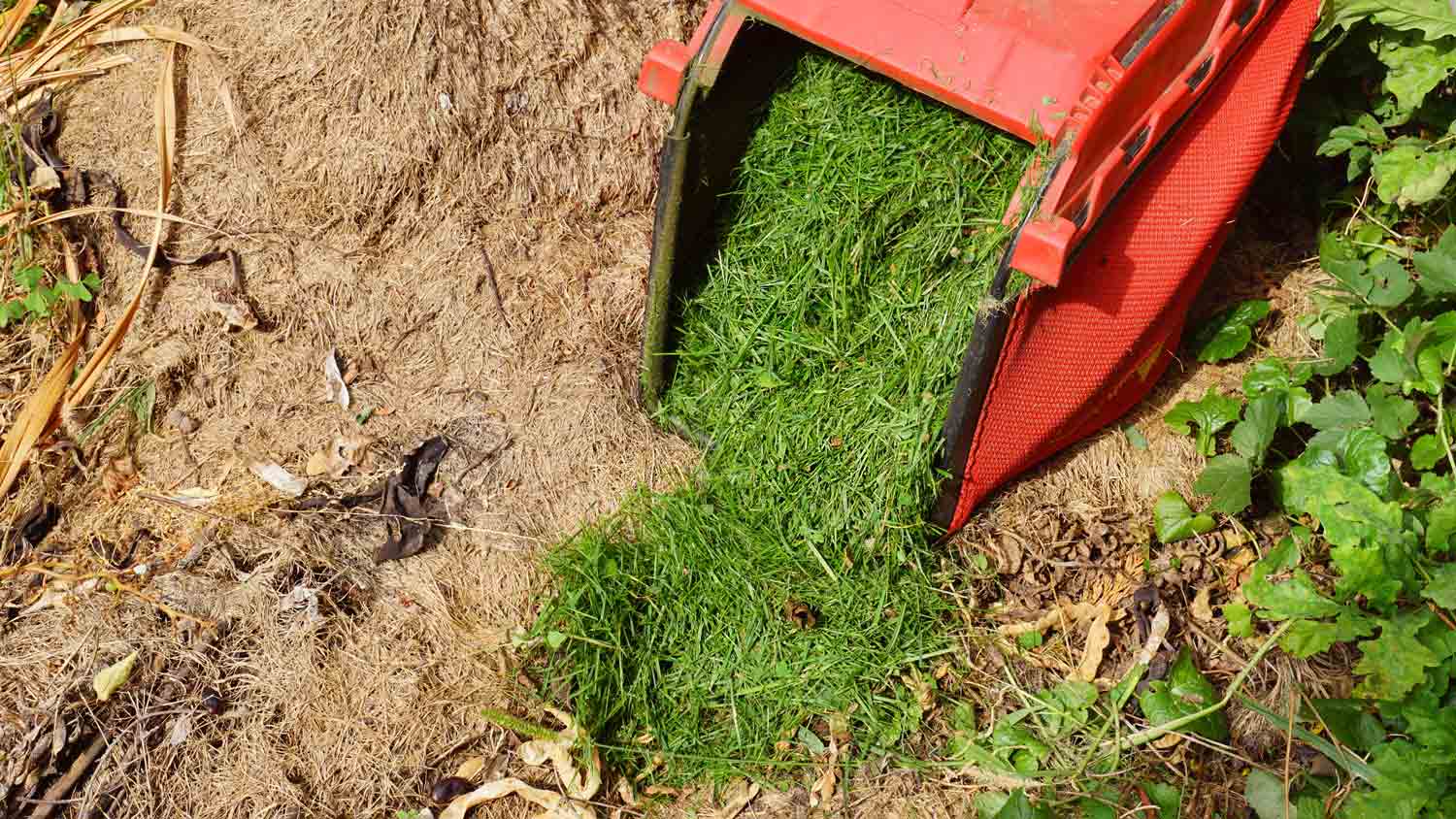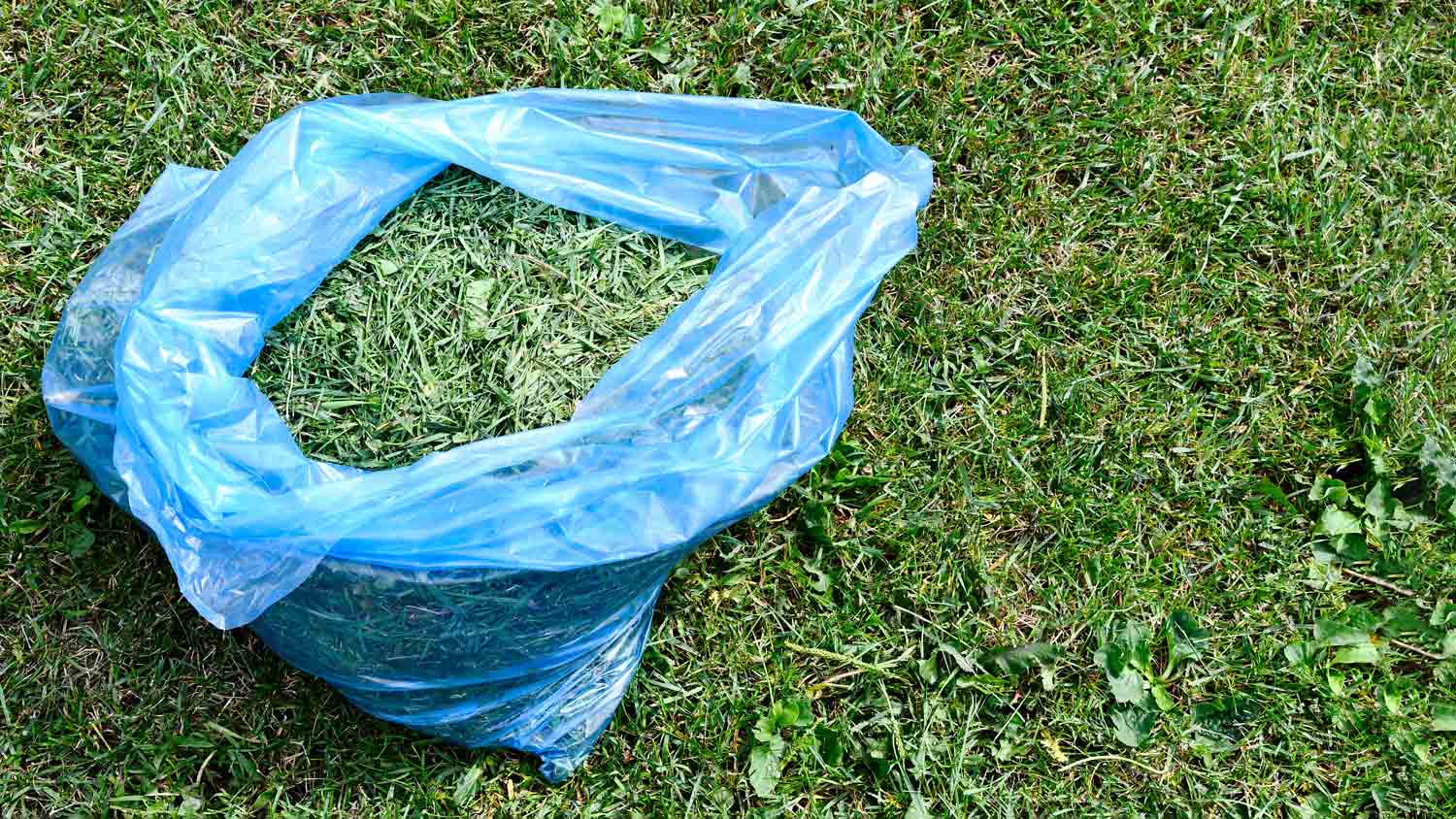
Removing an old lawn is often necessary to plant new grass or build a new outdoor structure. Find out what to budget for your lawn removal cost.
Help your clippings go from lawn to life with these simple tips


A fresh-mowed lawn is as satisfying as yard work gets, except when you have to decide what to do with the grass clippings. Fear not—our tips can help you choose practical ways to reuse your grass clippings so they enrich your soil or compost and aren’t thrown away unnecessarily. Check out these five options to help you reduce, reuse, and recycle grass.
No need to head to your home improvement store or greenery for mulch—you can find the material right in your backyard. As long as your clippings are dry, you can spread them around your flower beds, vegetable gardens, shrubs, and trees to help reduce weeds and promote healthy growth. About 1 to 2 inches of clippings around your area of choice, so long as the space hasn’t been recently treated with herbicide, can give them an important job without letting them go to waste.

Banana peels and egg shells aren’t the only scraps you can add to your compost pile. Grass clippings can also be incorporated and are a welcome addition due to their high nitrogen content. Make sure the clippings are mixed in with dry material, such as leaves or straw, to avoid bad odors from anaerobic decomposition.
Not all clippings need to be removed and repurposed or disposed of. If the circumstances allow, you can put your excess clippings right where they came from to help improve the soil. As long as the clippings are less than an inch in length, you can return them to your lawn, which is especially helpful if you have soil that’s sandy or heavy clay with low organic matter.

If you have slopes or patches of your lawn that are bare, you can use your grass clippings to cover those areas to reduce the risk of soil erosion and improve the ground cover. You may want to consult your local lawn care professional on the best way to spread the clippings for the most efficient process.

Although most lawn care professionals advise against bagging your excess clippings, in some situations it may be necessary. For instance, if your grass is dealing with bouts of diseases like rust, leaf, or dollar spot, you’re going to want to get rid of extra grass clippings so that they don’t spread disease elsewhere.
From average costs to expert advice, get all the answers you need to get your job done.

Removing an old lawn is often necessary to plant new grass or build a new outdoor structure. Find out what to budget for your lawn removal cost.

The cost to reseed a lawn can vary depending on the size of your yard and the condition of the soil. We’ll help you figure out the true cost of reseeding or overseeding your lawn, along with whether or not you should hire a professional.

The cost to renovate your lawn depends on the extent of the damage. Our guide will show you how much lawn renovation costs.

A lush lawn doesn't have to be an unattainable luxury. Use this guide to learn how to fix patchy grass throughout your yard.

Learn how to prepare soil for grass seed to give your new lawn the best chance of becoming healthy, happy, robust, and the envy of your neighbors.

Dreaming of a lush lawn but don’t want to wait for seed to grow? Use these sod questions to prep yourself for an easy and stress-free installation.